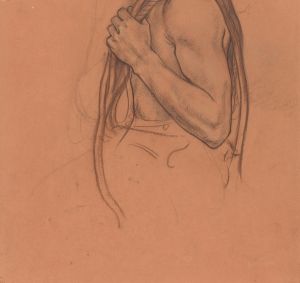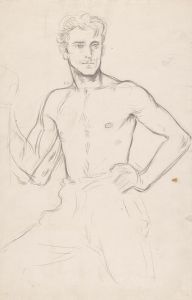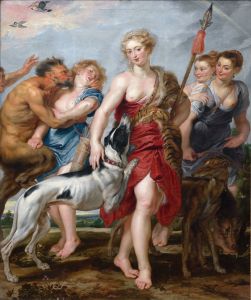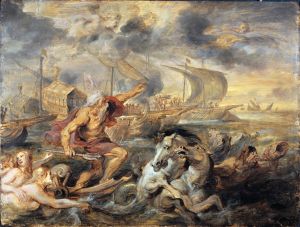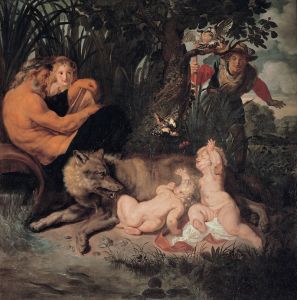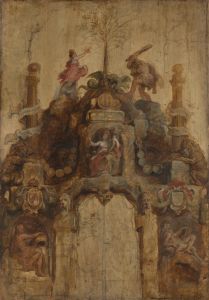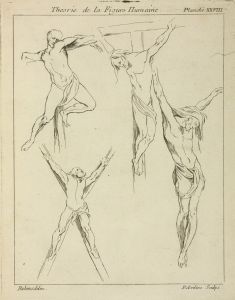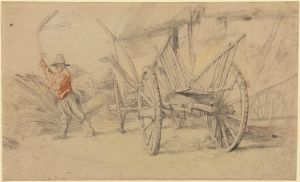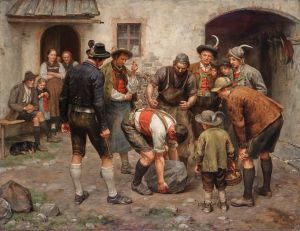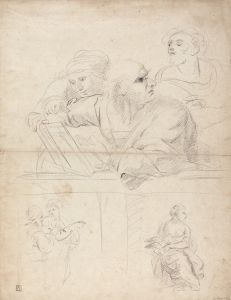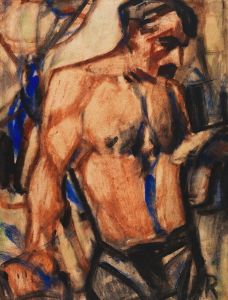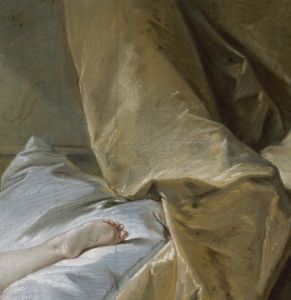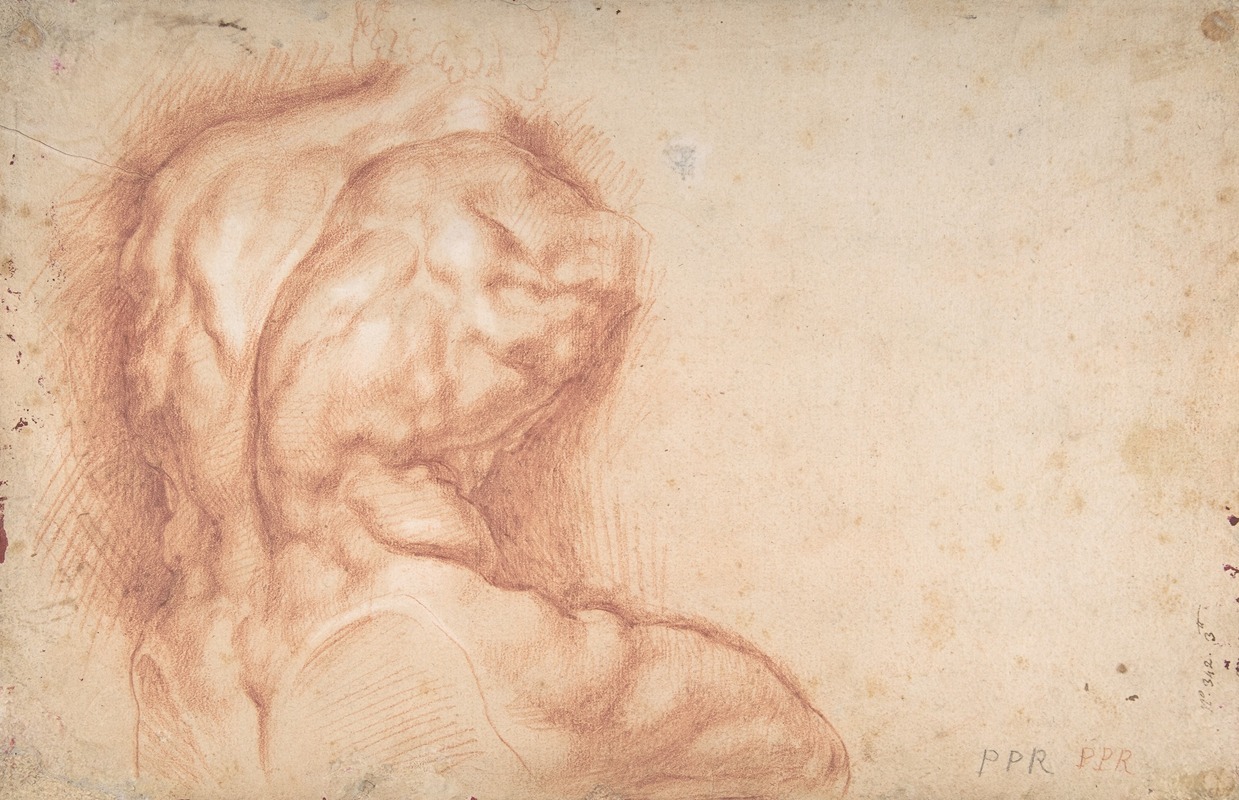
Study of the Torso Belvedere
A hand-painted replica of Peter Paul Rubens’s masterpiece Study of the Torso Belvedere, meticulously crafted by professional artists to capture the true essence of the original. Each piece is created with museum-quality canvas and rare mineral pigments, carefully painted by experienced artists with delicate brushstrokes and rich, layered colors to perfectly recreate the texture of the original artwork. Unlike machine-printed reproductions, this hand-painted version brings the painting to life, infused with the artist’s emotions and skill in every stroke. Whether for personal collection or home decoration, it instantly elevates the artistic atmosphere of any space.
Peter Paul Rubens, a prominent Flemish Baroque painter, is renowned for his dynamic compositions, vibrant color palette, and robust figures. Among his extensive body of work, "Study of the Torso Belvedere" stands out as a testament to his deep engagement with classical antiquity and his mastery in capturing the human form.
The "Torso Belvedere" refers to an ancient marble sculpture fragment, believed to be a 1st-century BC copy of an earlier Greek original, which is housed in the Vatican Museums. This sculpture, though incomplete, has been highly influential in the study of anatomy and the depiction of the human body in art. It represents a muscular male torso, and its dynamic pose and detailed musculature have inspired countless artists throughout history, including Michelangelo and Rubens.
Rubens' "Study of the Torso Belvedere" is a drawing that reflects his admiration for classical sculpture and his dedication to understanding human anatomy. This work is part of his broader practice of studying and copying classical works, a common exercise among artists of his time to hone their skills and deepen their understanding of form and proportion. Rubens' study captures the intricate details of the torso's musculature, showcasing his ability to translate the three-dimensional qualities of sculpture into a two-dimensional medium.
The drawing is executed with precision and demonstrates Rubens' skillful use of line and shading to convey volume and texture. His approach to this study reveals his interest in the expressive potential of the human body, a theme that permeates much of his oeuvre. By engaging with the Torso Belvedere, Rubens not only pays homage to the artistic achievements of antiquity but also integrates these classical ideals into his own artistic language.
Rubens' study of classical sculptures was not merely an academic exercise; it was integral to his creative process. The knowledge gained from such studies informed his compositions, allowing him to create figures that were both dynamic and anatomically convincing. This practice is evident in his large-scale paintings, where the influence of classical sculpture can be seen in the powerful, lifelike figures that populate his canvases.
The "Study of the Torso Belvedere" is a reflection of Rubens' broader engagement with the art and culture of the classical world. His travels to Italy, where he encountered many classical works firsthand, further fueled his passion for antiquity. This exposure had a lasting impact on his artistic development, as seen in his ability to synthesize classical elements with the Baroque style's emphasis on movement and emotion.
In summary, Peter Paul Rubens' "Study of the Torso Belvedere" is a significant work that highlights his dedication to classical art and his exceptional skill in rendering the human form. Through this study, Rubens not only demonstrates his technical prowess but also his ability to draw inspiration from the past to create art that resonates with the dynamism and vitality of the Baroque era.





